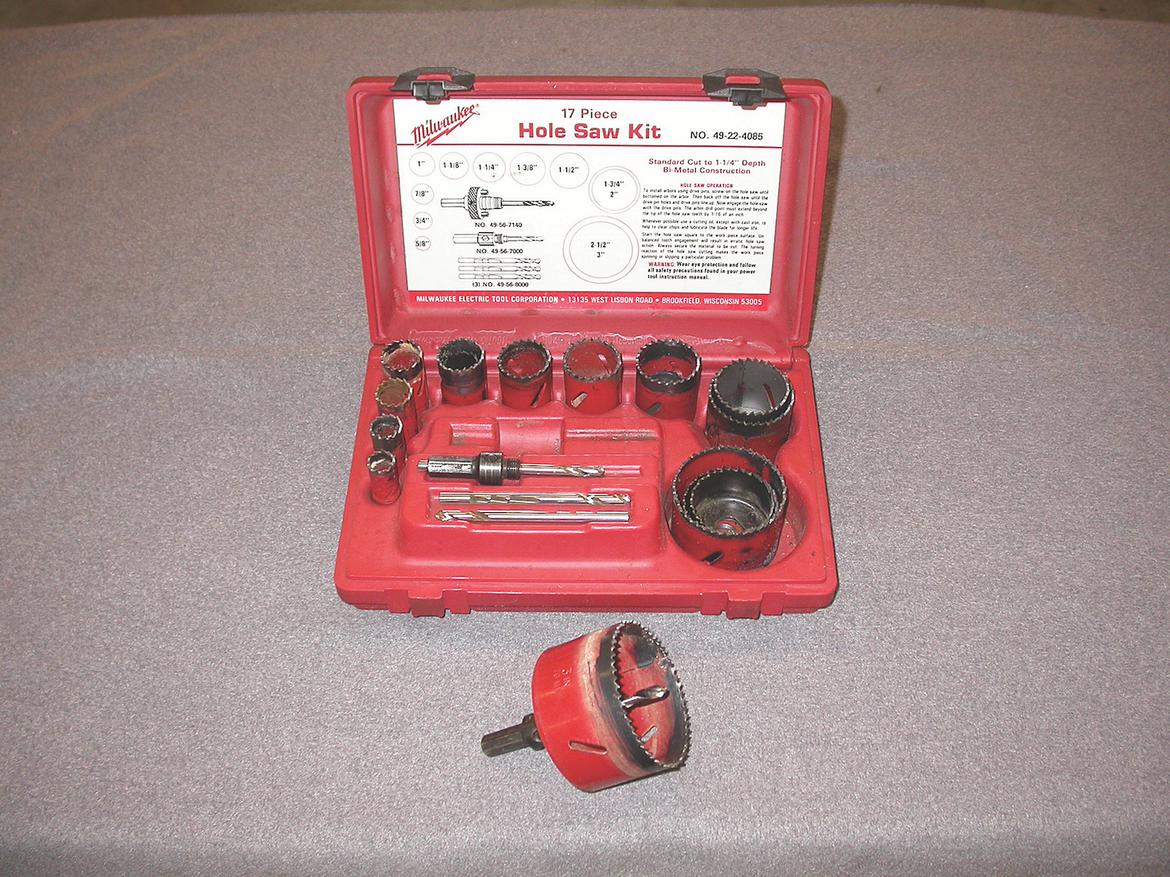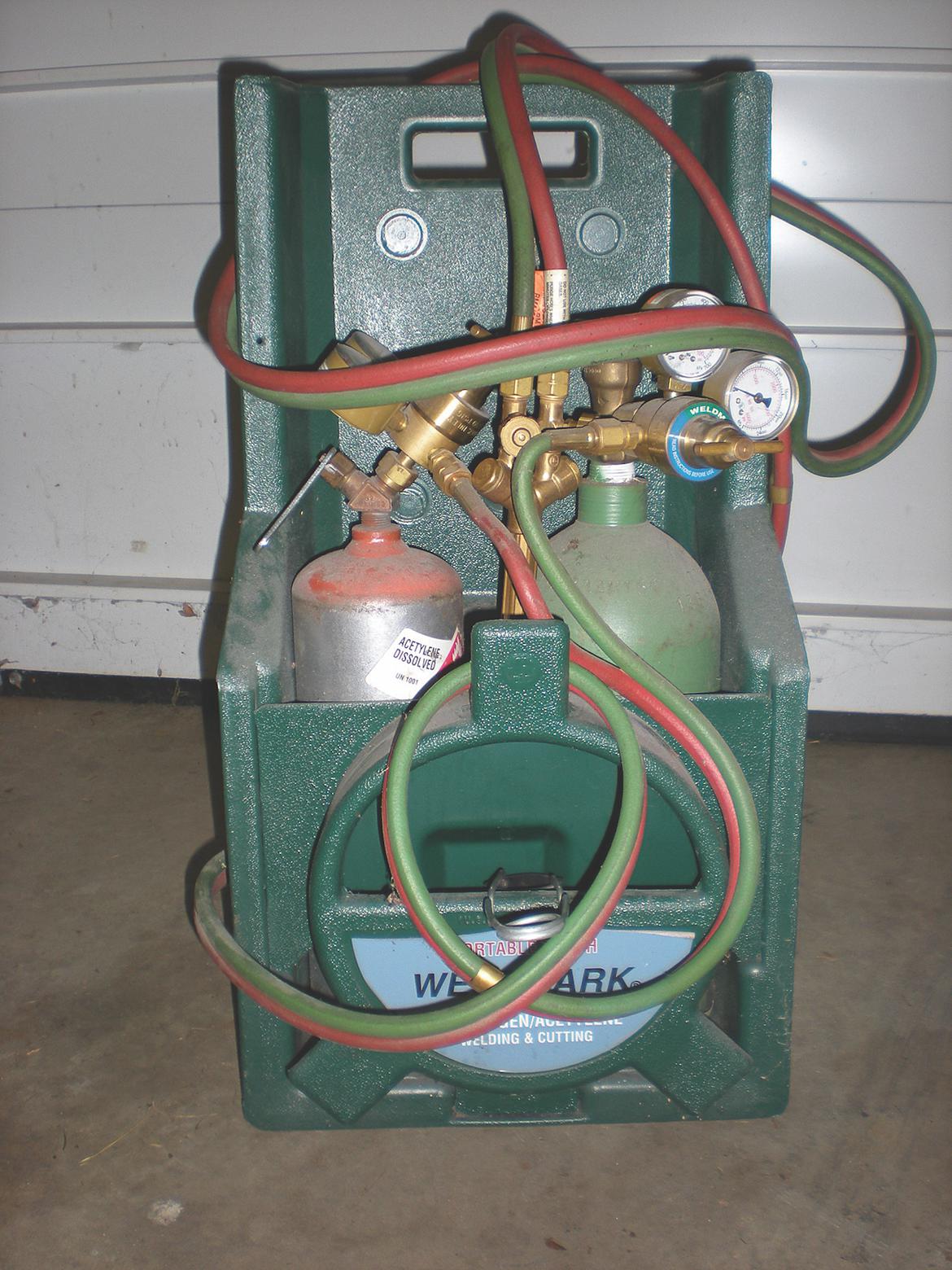A big part of being grassroots involves making things out of metal: brackets, supports, bearing holders, levers and more. Sometimes you’re making things from scratch; other times you’re modifying a part from one application to fit another. No matter what the task, one way or another you’re going to have to cut that metal to size.
However, there’s more than one way to tackle the job, and each method has its pluses and minuses. Some are faster, some are quieter, and some offer a little more precision. The trick is matching the right tool to the task at hand.
Aviation Shears



Compound “aviation” shears are great for cutting sheet metal, including steel, aluminum and stainless. Unfortunately, these tools are misunderstood. They’re designed to trim no more than a quarter of an inch of material from the edge of a panel. These clippers curl the waste to one side, so attacking too much material hurts accuracy.
To use them correctly, first make a rough cut with another tool. Then use the snips to get within a few thousandths of an inch of your cut line. The waste will curl away, while the remaining panel will stay smooth.
When shopping for these clippers, you’ll notice red, green and yellow handles. The yellow cutters are for straight cuts, red for left cuts, and green for right cuts. Since the red and green clippers can handle straight cuts as well, just pick up those two. We also strongly recommend staying with one of the brand names.
Hacksaw


A good old hacksaw offers a quick, easy way to make straight cuts in smaller pieces of metal, like tubing and small stock. Longer cuts take a lot of time and muscle, and accuracy can be an issue. Nonetheless, this is a must-have tool for every fabricator.
Air-Powered or Electric Die Grinder With 3-inch Cutoff Wheel


Despite the downsides, a die grinder with a cutoff wheel is a versatile tool. Where the aviation snips are perfect for thin sheet metal, the cutoff wheel works very well with thicker materials. If you have a good compressor, go for an air-operated unit; its small size and light weight will make it more maneuverable in tight spaces.
While a die grinder can technically handle very thick metal, we find that they’re best when tackling stock of up to 3/16 inch thick. After that, the cutting slows significantly—that’s your sign to move to something more powerful.
When shopping for the cutoff wheels, stick to a name brand—we prefer 3M. Since these wheels can spin upward of 20,000 rpm, we don’t recommend the offshore imitation pieces.
Expect to pay a fair price for quality cutoff wheels.
We also prefer very thin wheels, as they make a narrower, faster cut. Most stores stock the 1/16-inch-thick wheels, but they’ll usually welcome orders for the 1/32-inch wheels.
Die grinders cut straight lines very well and can easily be used for large-radius curves. For small-radius curves, they can work in a pinch. However, they’ll waste a lot of material. Finally, even though an air-powered muffler cutter can cut through similar materials, stick to a real die grinder.
Hole Saw



If you have to cut a large hole, a hole saw will do the job quickly and easily. However, size matters: You’ll need a pretty powerful drill to create holes of 2 inches in diameter or larger. When possible, we prefer using a drill press with our hole saws.
Angle Grinder, 4-Inch or Larger


An electric angle grinder can make quick work of medium-thick metal. We usually use a 41/2-inch model.
Just like die grinders, an angle grinder does a good job on straight and large-radius cuts. Detail cuts are possible, but they’ll waste a lot of material.
We also recommend sticking with good, name-brand cutting wheels. These grinders pack a lot of power, and a shattered wheel is going to hurt someone.
Horizontal Bandsaw


If you’re working with square or round tubing, the horizontal bandsaw is your best friend. It can quickly cut material with great accuracy.
While budget models are out there, it’s better to step up to at least a midrange unit. These machines will have stout clamps that can be accurately adjusted for miter joints. Additionally, the higher-end models feature coolant/lubricant pump systems that speed up the work while extending blade life.
Vertical Bandsaw


Like the horizontal bandsaw, a good vertical bandsaw is a wonderful tool for the serious fabricator. Unfortunately, good machines are expensive, and the lower-cost units can be disappointing.
A high-quality model will feature a variable speed drive, a large depth, and a blade welder to help fit blades to that particular machine. Avoid the temptation to use a unit designed for wood—most can’t run slowly enough to cut metal, and frustration will ensue. If you’re lucky enough to end up with a good machine, you’ll be rewarded with the ability to quickly cut brackets and other parts to very accurate sizes and shapes.
Oxy/Acetylene Torch


While it’s undoubtedly cool to cut metal with fire, we use a torch as a last resort. Between the fire risks, lack of accuracy, and need to clean up the cuts with a grinder, we save the torching for when we need to make rough cuts or are working with very thick metal.
While we don’t often use the torch for cutting, it’s a great tool for heating rusted fasteners and, of course, welding. We use a budget-priced portable unit.
Plasma Cutter


The plasma cutter represents the best way to cut metal with fire. These units can create some pretty accurate cuts, especially if a guide is used. Like the oxy/acetylene torch, the plasma cutter’s cuts require some cleanup.
Reciprocating Saw


If you spend a lot of time at the local pick-’n-pull, a cordless reciprocating saw is a wonderful asset: Just cut out the section you need and drag it home. This tool can also be used to cut away offending sections so you can get to the parts that you need. We have even cut entire cars into pieces with these units. Everyone needs a reciprocating saw in their arsenal.
We use ours as a rough-cutting tool. When it’s time for accuracy, other tools do it better.
Sabre Saw


We’ve been using a Black & Decker sabre saw for more than 20 years now, and we’ve probably voided the warranty a million times. These versatile units work like vertical bandsaws; they’re just less glamorous.
The biggest problem with this tool is that it vibrates the piece being cut. We try to use a lot of clamps to keep this issue at bay. Nonetheless, these tools are great for budget fabricators.
Chop Saw


If you can’t afford a horizontal bandsaw or don’t have space for one, a chop saw is the next best thing. While it doesn’t cut as accurately, it comes close—figure on being within 1/16 inch of your mark.









































 Beverly Shear?
Beverly Shear?




















